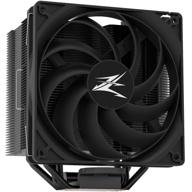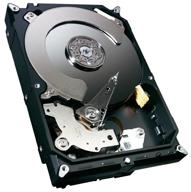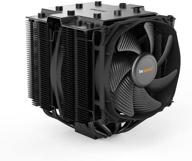
Review on Synology E10M20-T1 10Gb Ethernet and M.2 Adapter Card with RJ-45: Single Port by Todd Fernandez

Artwork, works great even on my z490 Asus Strix motherboard with i9-10900K on Windows 10
I bought this and it didn't work on my particular Synology NAS model so I thought hmm let's let's try it on my Asus z490 PC with Windows 10. And I'm very happy. Here's a tip: with 2 cards and 4 NVMe I get 10,000 MB/s. Check out the attached AS SSD and CrystalDiskMark NVMe performance chart. Without drivers, 2 NVMe hard drives show up fine in Windows 10, but for the Acquantia NIC chip to work you need to use the following driver: Driver: Marvell Acquantia AQC107 driver (v2.1.21.0 in my case) Download: Go to Area Marvell Support, Ethernet, Drivers Download and download the Win10 driver. for Part # AQC107 Note: Marvell has recently acquired Acquantia. The card has an 8-lane PCIE interface. A 10GBE NIC uses 1 to 1.2 of these lanes, leaving about 7 lanes for 2 NVMe drives. I'm not sure if they use a PCIE switch to balance this, which would be the ideal way to do it. Either way, it's magic. With 2 of these E10M20-T1 cards I finally have 2 10GBE NICs and 4 Samsung 970 Evo Plus NVMe modules that power the CPU over 16 PCIe Gen3.0 lanes (my Samsung 980 Pro NVMe uses slow PCH -Lanes for my boot disk). A. I bet this also works fine on a supported Synology NAS. But don't assume it will work if it's not specifically supported by your NAS model. Synology specifically forbids (perfectly compatible) cards from adding too many really cool features to their NAS devices. At least for now, Synology does not support NVMe drives for storage, only cache for SATA HDDs and/or SATA SSDs. The map is a work of art. I rarely see this level of quality, even at the corporate level. I'm sure this will work fine on compatible Synology NAS devices - read the compatibility list and don't think this is just a suggestion. I can't tell if this will work for you on a Windows 10 setup (be aware of the risk), but I can tell you it worked for me. The hardest part was figuring out which vendor Synology is using for the NIC chip since NVMe had just gone live. As soon as I found out it was Acquantia, I had to find out that Marvell had recently bought them. The driver sat there, say, booted me up and drove - and I did. My setup is NASDS1621xs+ (does not support this E10M20-T1 NIC/NVMe card) OS/DSM 6.2.3-25426 Update 3 My setup is Windows 10 x64 Motherboard: Asus ROG Strix-E (bought summer 2020, cheap but efficient motherboard, USB 3.1 Gen2x2, but no Thunderbolt) CPU: 10th Gen i9-10900K (stock speed but runs at 5.3GHz, purchased Summer 2020) RAM: G.SKILL TridentZ Series 64GB (4 x 16GB) 288- Pin DDR4 SDRAM DDR4 3400 (PC4 27200) model F4-3400C16Q-64GTZ (2133MHz clock, few years ago) PCIE slot usage: Each of the 2 E10M20-T1 [PCIEx8] cards works in 2-wire PCIEx16 processors [physical slots] - so installing a x8/x8 slot (I'm a developer, not a gamer) Good luck
- 1 year trial
- performance speed
New products
Comments (0)
Top products in 🧰 Computer Internal Components
Another interesting products
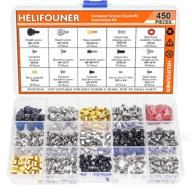
🖥️ Helifouner 450-Piece Computer Standoffs Spacer Screws Kit: Ideal for Hard Drive, Motherboard, Fan, Power Graphics & Computer Cases

10 Review
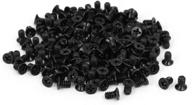
uxcell 3.5" HDD Screw Black 200pcs for Computer PC Case - Flat Phillips Head - 6#-32 - Hard Drive Fasteners

10 Review
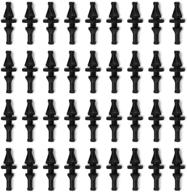
36-Pack Black Rubber PC CPU/Case Fan Screws/Rivets Set for Computer

11 Review
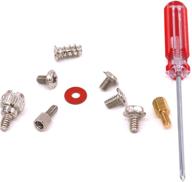
Glarks 660 Pieces Phillips Assortment Motherboard

10 Review


